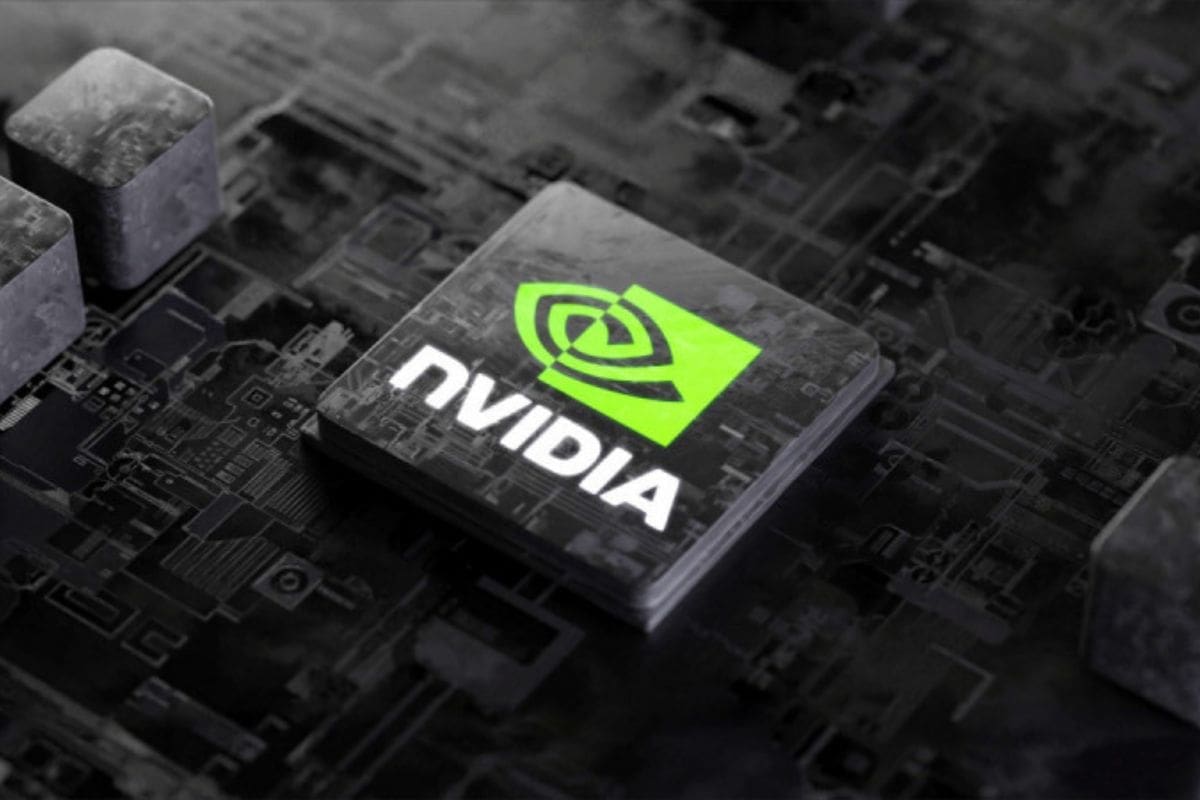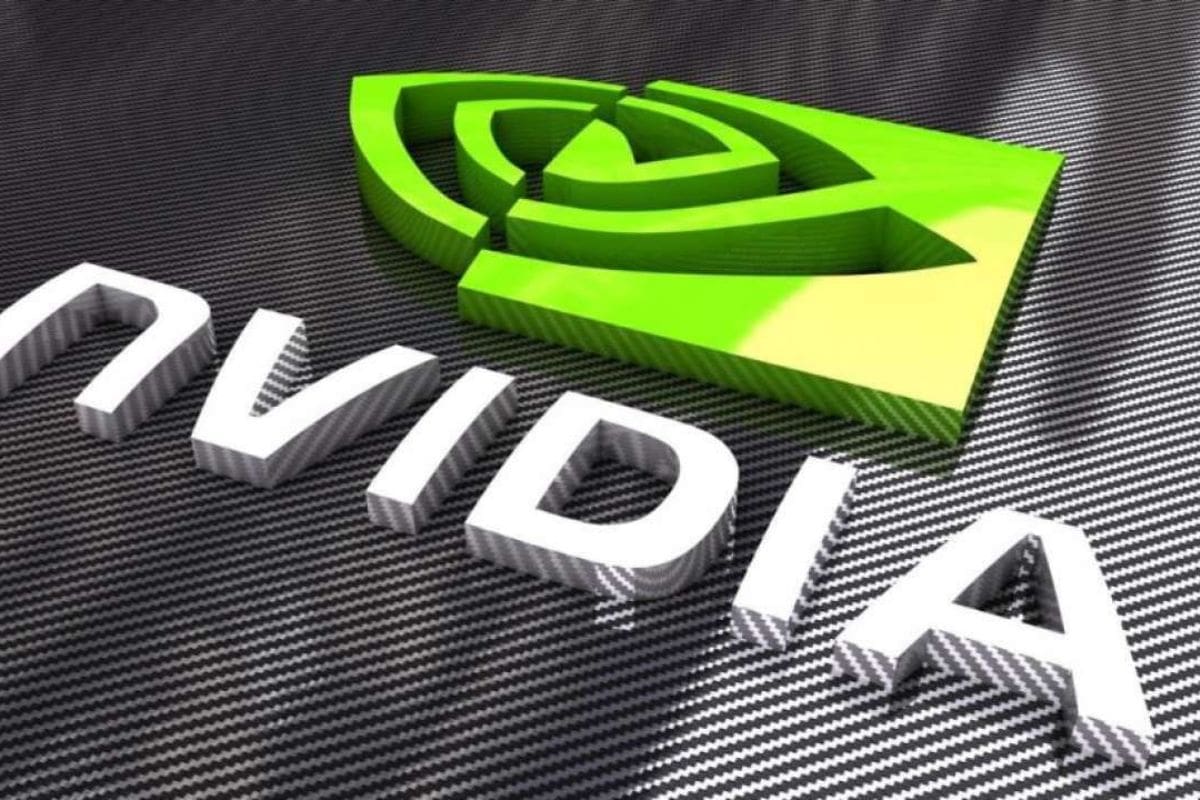Nvidia’s AI Dominance Challenged: Nvidia’s long-standing AI dominance faces a fierce challenge from a powerful tech coalition spearheaded by Qualcomm, Google, and Intel. This strategic move aims to disrupt Nvidia’s AI market control by targeting its crucial software ecosystem. The battle for supremacy in AI technology is escalating, with industry heavyweights intensifying efforts to reshape the landscape. As Nvidia’s rivals strengthen their positions, the industry braces for a significant shift. Discover the intricate details of this high-stakes technology showdown and the confidential strategies being revealed.
Nvidia’s Dominance Challenged by Tech Coalition
Nvidia’s long-standing dominance in the field of artificial intelligence faces a formidable challenge from a coalition of tech giants led by Qualcomm, Google, and Intel, aiming to disrupt Nvidia’s stronghold by targeting the crucial software ecosystem that developers heavily rely on.
Nvidia’s rise to a $2.2 trillion market cap has been fueled by its artificial intelligence chips, which are integral to the development of generative AI across various industries. However, this coalition poses a significant threat by strategically aiming at the software ecosystem that binds developers to Nvidia chips. This move signifies a direct assault on Nvidia’s core strength, potentially unraveling the foundation of its AI empire.
The implications of this challenge are extensive, with the potential to reshape the landscape of artificial intelligence technology. As these industry giants converge to challenge Nvidia’s supremacy, the battle for dominance in AI technology intensifies, promising a future where innovation and disruption go hand in hand.
This clash of titans will without a doubt shape the trajectory of AI development for years to come.
The Battle for Software Supremacy
In the high-stakes arena of AI development, the battle for software supremacy is intensifying as industry giants like Intel and Google join forces to challenge Nvidia’s dominant position. Nvidia’s CUDA software platform has established a stronghold with over 4 million global developers, making it a tough grip to break free from.
However, the UXL Foundation, backed by tech powerhouses, is on a mission to develop open-source software and tools capable of fueling various AI accelerator chips. This strategic initiative aims to foster an ecosystem where computer code can seamlessly operate on diverse hardware, ultimately diminishing reliance on Nvidia’s proprietary solutions.
The competition for software dominance is heating up, setting the stage for a showdown of innovation and technological prowess in the AI landscape.
Best For: Developers and organizations seeking to reduce dependency on Nvidia’s CUDA software platform and explore open-source alternatives.
Pros:
- Access to open-source software and tools for powering multiple AI accelerator chips.
- Opportunity to participate in an ecosystem where computer code can run on various hardware options.
- Decreased reliance on Nvidia’s proprietary solutions, promoting diversification in AI development.
Cons:
- Potential learning curve for transitioning to open-source alternatives.
ALSO READ: Nvidia’s 2T Dollar Surge: AI Frenzy Ignites Wall Street
UXL Foundation’s Strategic Vision
The UXL Foundation’s strategic vision is poised to revolutionize the landscape of AI development through collaborative efforts with industry leaders and innovative chipmakers. Led by a technical steering committee, the foundation aims to set technical specifications for its open-source project. By fostering collaboration among various stakeholders, including cloud-computing giants and additional chipmakers, UXL plans to address computing challenges in AI and high-performance computing applications.
| UXL Foundation’s Strategic Vision | ||
|---|---|---|
| Key Points | Impact | Focus |
| Technical specifications establishment | Revolutionizing AI | Collaboration |
| Collaboration among stakeholders | Addressing challenges | Innovation |
| Industry leaders involvement | Enhancing performance | Technical expertise |
The UXL Foundation’s approach of bringing together key players in the industry to tackle AI and high-performance computing issues is set to reshape the future of technology. With a focus on collaboration, innovation, and technical expertise, UXL’s strategic vision is a bold step towards driving advancements in the field.
The Road Ahead for Nvidia and Challengers
As the tech industry’s landscape continues to evolve, the competition for AI dominance intensifies, with Nvidia facing a wave of challengers aiming to disrupt its longstanding position. While Nvidia remains confident in its accelerated computing capabilities, startups and venture-backed initiatives are increasingly investing in challenging Nvidia’s leadership. The company’s reliance on CUDA, although a strength, also acts as a barrier for competitors attempting to dethrone it.
The road ahead for Nvidia and its challengers is paved with innovation and determination. Nvidia’s entrenched presence in the AI market sets a high standard for any company seeking to overthrow its reign. However, the industry’s commitment to fostering competition and driving innovation suggests that the battle for AI dominance is far from over.
With the evolving technological landscape and the emergence of new players in the AI field, Nvidia must continue to innovate and adapt to stay ahead of the competition. The challenges ahead will test Nvidia’s resilience and ability to withstand the wave of disruptors aiming to claim a piece of the AI market for themselves.
News in Brief
Nvidia faces a formidable challenge to its AI dominance from a coalition led by Qualcomm, Google, and Intel, targeting its crucial software ecosystem. This strategic move aims to disrupt Nvidia’s market control, posing a significant threat to its $2.2 trillion empire. The battle for AI supremacy escalates as industry heavyweights intensify efforts to reshape the landscape. As rivals strengthen positions, the industry braces for a monumental shift. Stay tuned as the clash of titans unfolds, reshaping the trajectory of AI development.
Our Reader’s Queries
Q. What is Nvidia doing with generative AI?
A. NVIDIA announced today at GTC the launch of numerous enterprise-grade generative AI microservices. These services empower businesses to develop and implement custom applications on their platforms, ensuring they maintain complete ownership and control over their intellectual property.
Q. What is the Nvidia operating system for AI?
A. NVIDIA Base OS integrates stable and fully qualified operating systems tailored for running AI, machine learning, and analytics applications on the DGX platform. It encompasses system-specific configurations, drivers, as well as diagnostic and monitoring tools. The OS is compatible with Ubuntu, Red Hat Enterprise Linux, and Rocky Linux.
Q. Why is Nvidia better for AI?
A. GPUs excel at handling numerous simple calculations simultaneously, making them ideal for supporting the intricate graphics processing required by video games. Interestingly, Nvidia’s GPUs proved to be an ideal match for the computing systems AI developers required to construct and train LLMs.



